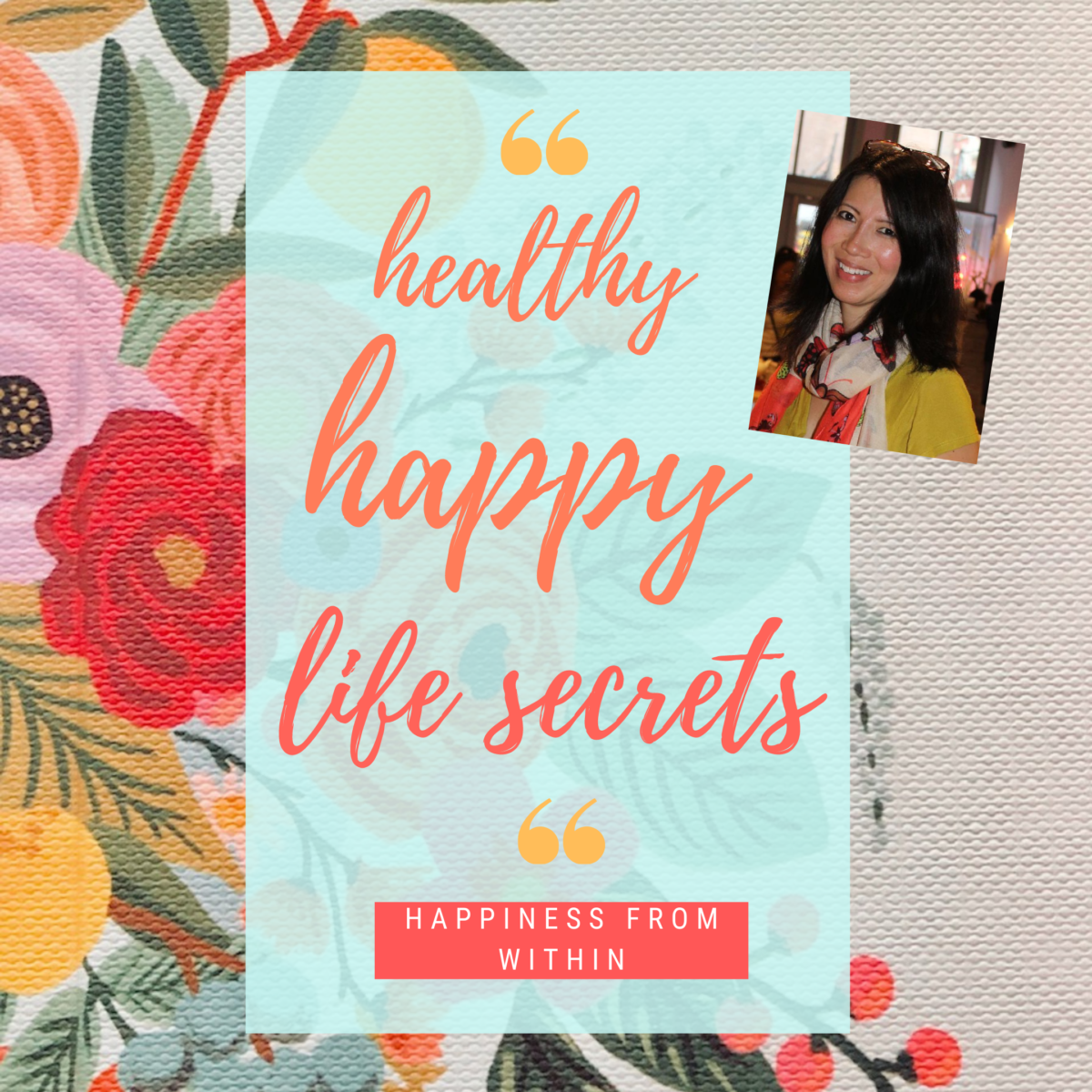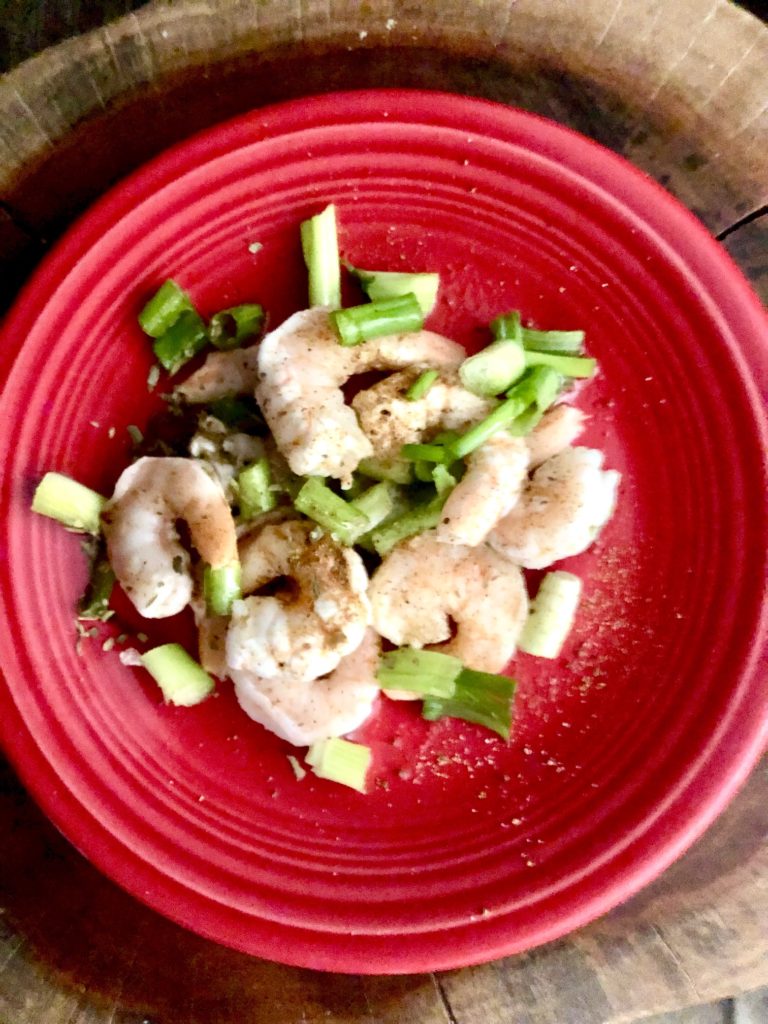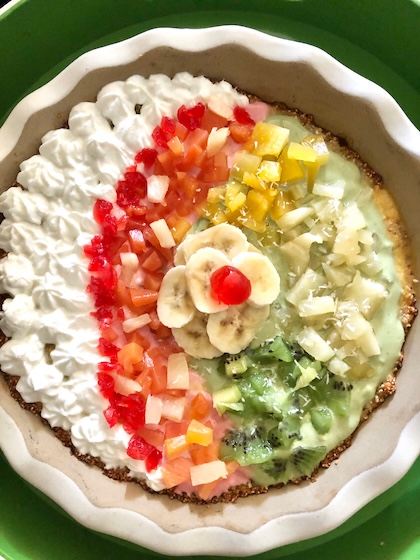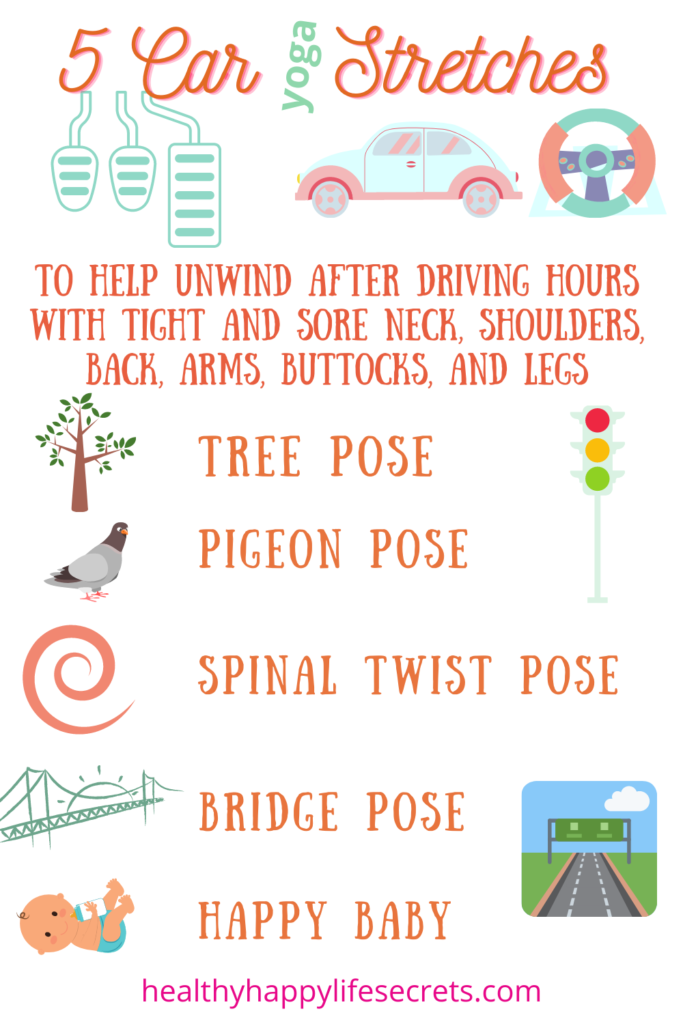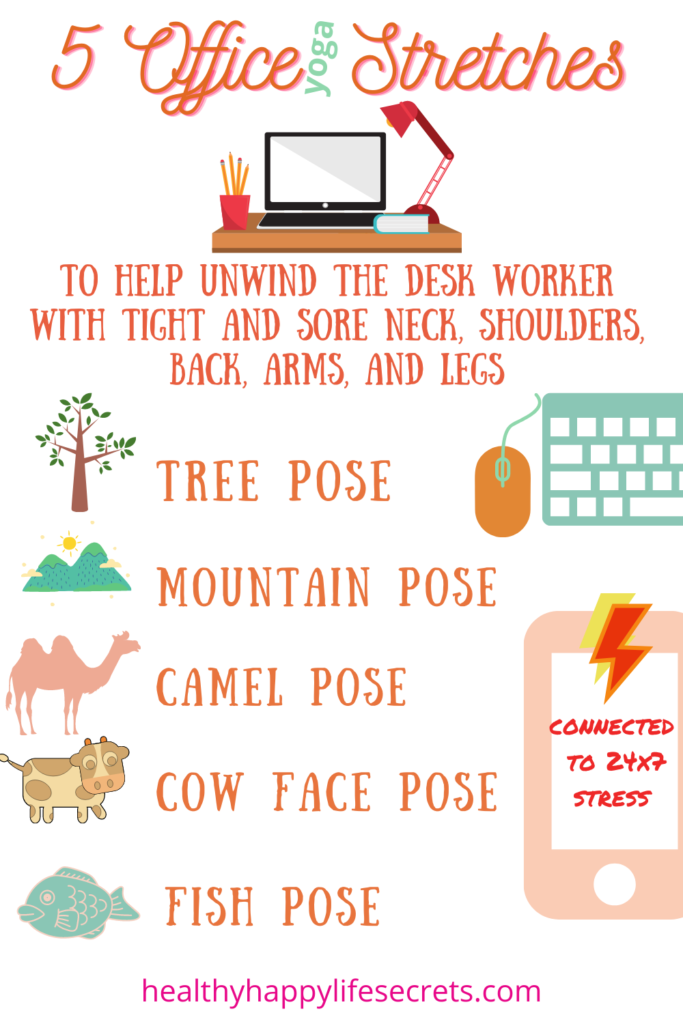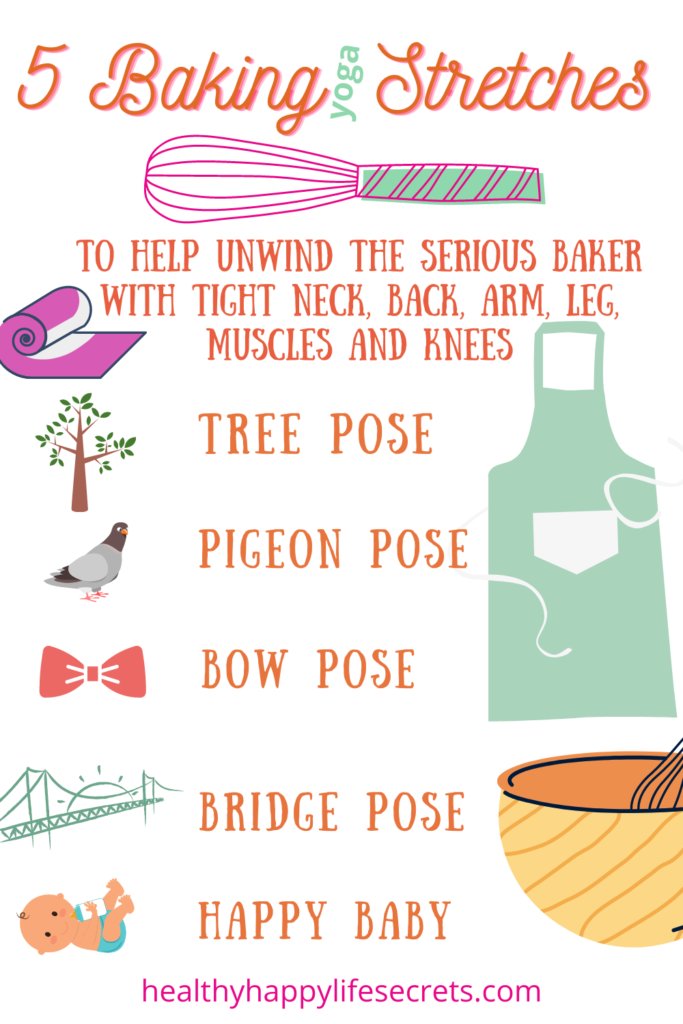Kapha metabolism is one of the barriers to losing weight. This article explains why and what you can do.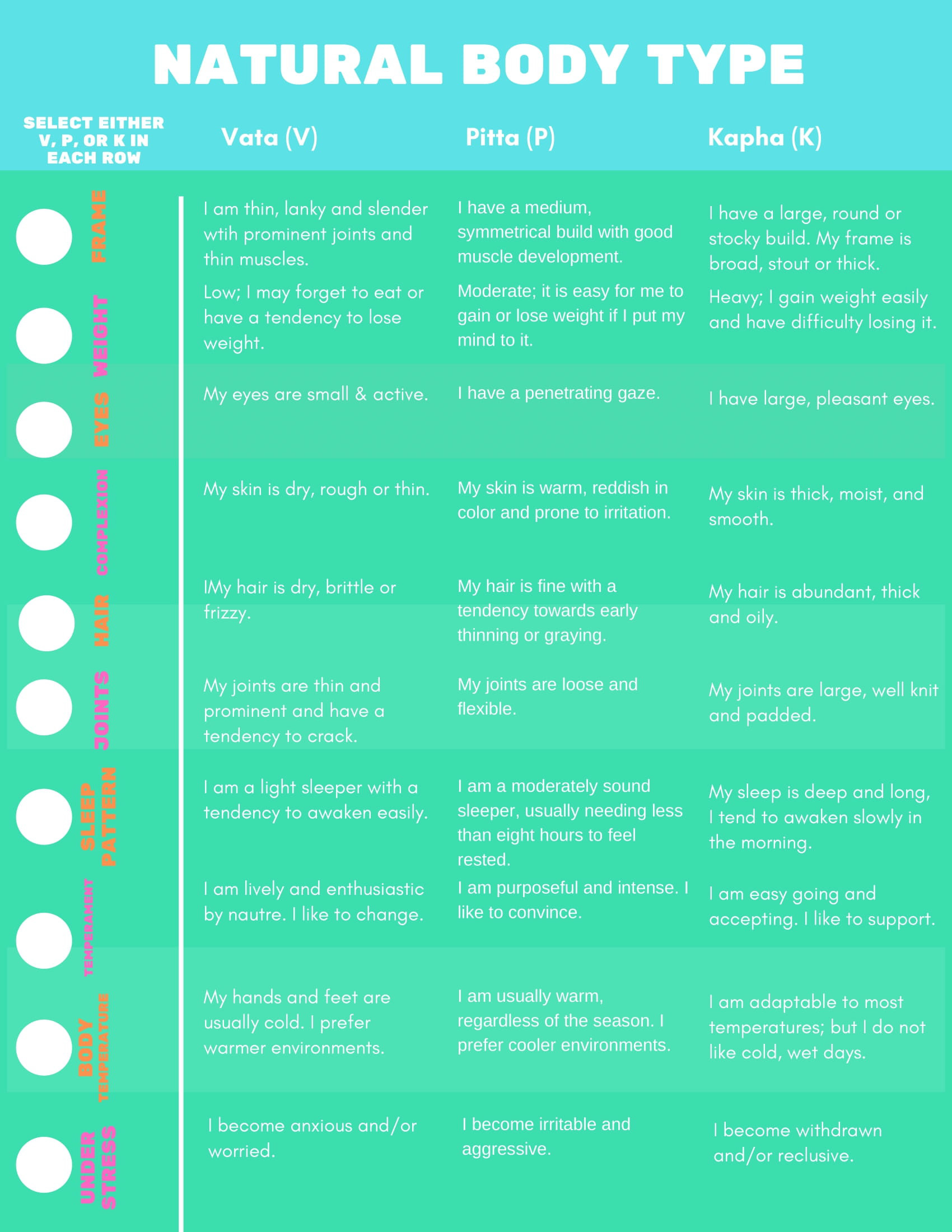
…Which btw, we all have these imbalanced needs (Kapha metabolism, Vata anxiety, and Pitta irritated moods for example) from time to time, if not all the time, as we are made of all the earth, wind, and fire elements.
That’s how I like to describe it anyway.
First things first…
An avocado smoothie is in tall order to bring me back to my usual routine… and maybe good inspo for you and your healthy living. This is a great way to break a fast or start your breakfast.

I needed it because last week I was moving (and why you may have missed me last week).
But I’m back now with a new inspo message every Tuesday, so keep comin’ back for more (and you can sign up to get convenient notifications when a new blog post is out so you don’t miss any).
EASY is what we all need more of! One thing that’s never easy is moving that I just did but necessary to reach a new destination in life.
Let me just say, if you’re planning to move, try to avoid the summer when everyone else is moving! Spare yourself the hassle and do it earlier or later in the year.
So to bring me back to this week’s calm, and to please my Vata palate, cool down my Pitta,
AND wake up my Kapha, I took it one step further with an inspirational in-between summer and fall season inspiring quinoa morning bowl that’s loaded with plant-based goodness (great for burning calories and Kapha metabolism).
I recommend this for everyone and anyone looking for anti-inflammatory eating lifestyle ideas! 🫐
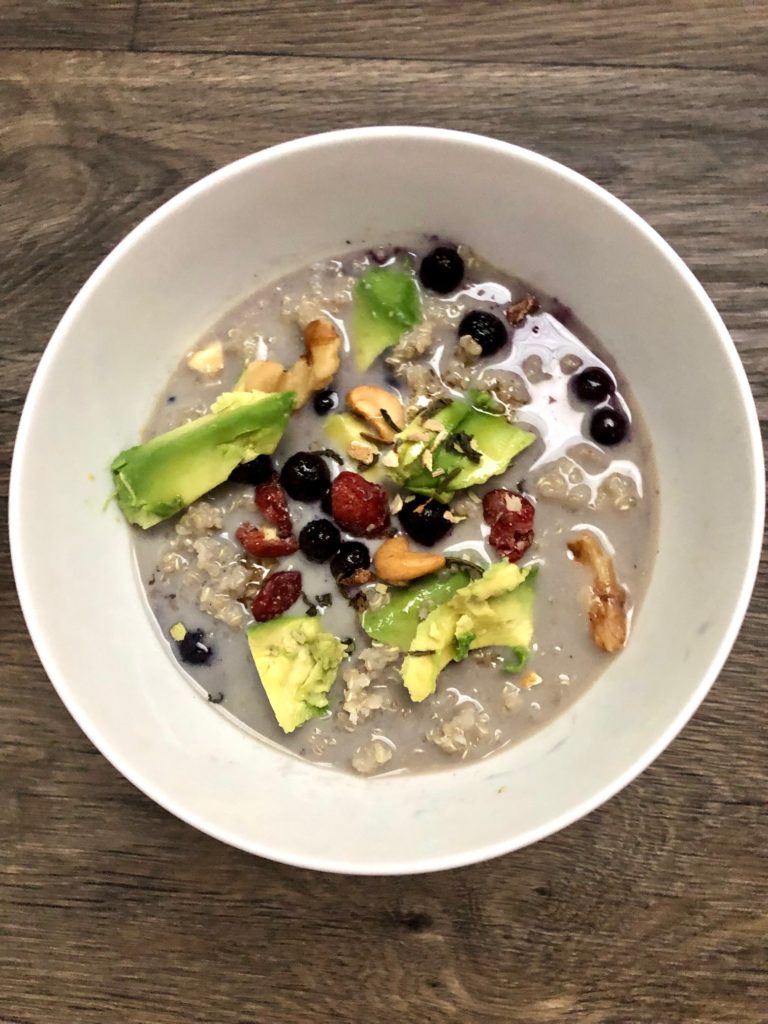
…And just to catch us up here… last time I talked about Vata body needs, and before that I posted a summer series that included baking yoga, travel yoga, and chair yoga moves. I’d recommend all these stretch moves year-round.
Because if it ain’t broke, it can be restored with yoga that you can do at home… and I wish I learned this sooner! I can’t say enough about yoga, but will keep it hush-hush this time to focus on the Kapha losing weight topic at hand.
For cool yoga inspiration, you can check out the car yoga and cooling tips blog post article, where I mentioned bits and pieces about turning into a pretzel. That has always been the universal running joke description of yoga. 😊
It’s funny this week… I ended up making homemade pretzels. 🥨 Below is a recipe for sourdough pretzels that I fell in love with growing up with Pennsylvania Dutch pretzels. We had jumbo soft pretzels in the school cafeteria I got excited about and maybe you love those too!
…One of the benefits of baking your own goods is you get to decide what to add in, like sourdough or rye flour to give your pretzels a healthy twist. To make up for the healthy here, I decided to add high mineral Himalayan salt.
Here you can see the salt in working action…

Bonus points are gained 💕 when healthy foods taste good PLUS have body health benefits. Like, Himalayan sea salt is known for its detoxifying properties, and you’ve probably seen or heard of the large crystal lamps or sea salt spa rooms.
We all want to feel more energetic, lighter, and healthier.
And you and I both know that weight is just one measurement of health… and btw, whatever your measurements happen to be, it should not define you.
If weight loss is on your agenda that’s usually with a slowing metabolism body, here are some reasons why it can be SUPER challenging:
- There’s an abundance of (tempting) convenience food available around us 24-7.
- Eating isn’t just something we do for sustenance. It’s reward gratification, a social activity, and soothing comfort. It’s an emotional activity and many foods send us back to our childhood roots and happy-sad memories.
- Computers, cars, and technology have contributed to a much more sedentary lifestyle—we don’t all need to be physically active farmers to survive anymore, so we don’t prepare our own wholesome meals.
- Reducing daily calorie counts is HARDWORK and it’s not easy to change habits in our busy lifestyle.
- Diets are hard to maintain and they can work in the short-term, but fail long-term because they’re simply unsustainable and leave us feeling discouraged with diets.
- And as we age, typically our metabolism slows down, but you can help yourself out!
How?
First, Focus on the Kapha Metabolism Positives
Be easy on yourself so you can feel good about your changes.
And we want to keep our minds hopeful and stay encouraged that we can get our weight and fitness under our belts.
Personally, I’ve found that when trying to make goals, focusing on the positives is going to take you further so you don’t end up beating yourself up…
Accentuating what you’re doing right is sustainable to healthy living, so you can successfully create life-giving habit-forming eating plans daily and year-round.
And so you can get back up from where you left off. Your mind doesn’t forget what worked.
Plus, you can make up for any current deficits you feel, in other healthy ways like cleansing or detoxing, as you work on your sustainable eating routines.
Focus on the daily activity and keep the goal in the back of your mind. You can start with a healthy green smoothie or probiotic-friendly shake.
Staying consistent and away from tempting situations is what I often hear is a common body struggle. That’s what it was like when I worked in, out, and around food careers in catering sales that are not usually focused on healthy foods as a #1 priority. It’s happy over healthy.
And the way I found worked best for keeping consistent in weight (for my body that I manage) is focusing on staying on an eating healthy routine and schedule 5 days a week, versus burning calories (see “it’s hard work” 😭 bullet point above).
Plus, I believe an anti-inflammatory healthy eating plan is the best food planning way to stay fit and healthy.
Because inflammation is an early body warning sign. When left unattended, can lead to complications down the road. So best to change up any food-causing culprits that can show up one day.
The main point is to make healthy changes as needed and not get stuck in: this is what I’ve always done. So many people do this.
And dominant Kaphas (and those with high Kapha mind imbalances) can stay stuck in these stubborn patterns.
Try and stay objective to what works or is the truth (vs. how you feel).
And while health trends keep changing, certain anti-inflammatory foods like broccoli or Brussels sprouts aren’t likely to ever go out of healthy style anytime soon. This is a grocery list of 200 anti-inflammatory foods for ideas and reminders.
And if you don’t like those or the taste of certain healthy foods, you can pick others you like in the same category. Or make them creatively tasty and more exciting. Like sprinkling cauliflower or broccoli on top of your food to avoid the bland tastes and cruciferous textures.
It takes a little thought, but as a side benefit, you also get more choosy about what you put into your body.
And if you’re in a stressful season now where eating healthy is a challenge, you’re definitely not alone!
It’s so easy to slip a little. The idea is to still focus on the positives and get in the good stuff 🥦, while you enjoy some comfort foods. 😋
Just don’t give up!
And the foodie in me wants to help encourage losing weight in a healthy way without compromising good-tasting foods. 😉
So figuring out how to make healthy foods palatable to your tastes is one smart strategy.
Remember the upside: when you change your tastes, your tastes change gradually. So start with one healthy flavor you like. Maybe it’s a spice, herb, or accouterment.
And as long as you personally WANT to go in the right direction and turn that desire into daily reality, you WILL make it happen.
Making habit healthy lifestyle changes today can make all the difference in the world for you.
One reward is you develop better habits, AND the habits you create develop a better lifestyle and quality of LIFE. When you can rewire your body’s metabolism through foods, you can have a better life.
And, here are some key Kapha metabolism things to know that make the difference.
Besides food and calories, your weight is based on genetics, family history, hormones, medications, stress, and sleep amount. There are so many things that your body does at rest: breathing, pumping blood, detoxing, etc. You start each day new and reset.
The amount of energy (calories) your body uses to perform these essential functions is your basal metabolic rate (or metabolism). Overall, your metabolism accounts for about two-thirds of the calories your body burns every day.
The Kapha metabolism is influenced mostly by your body size and composition. This means that people who have bigger bones and more muscle mass burn more calories at rest. Like men usually have more muscle, so they start with a higher metabolism (Kapha dominant or not).
And young people have this advantage too. As we age, bone and muscle mass naturally decrease (and fat mass naturally tends to increase).
Weight training (e.g., using weights or pushing your body against gravity) builds your muscles which increases your metabolic rate. And yes! certain yoga poses can help in this way. This is also where eating more healthy proteins can really give you an upper edge.
And if you struggle with a slow metabolism that Kapha bodies often do, here are some weight loss tips and reminders:
Set specific, realistic, forgiving goals
Instead of a goal to “lose weight,” try smaller and more specific goals that you can attain.
Daily or weekly goals can be, for example, to add more plant-based foods or lean proteins. This focuses on the positives.
Try to stick with a new habit for at least a week or two to start making it routine. Then when one habit becomes consistent, add another one (and habit stack).
It’s not uncommon to take 6 months to lose 5% of your body weight, so that may be a more realistic goal to aim for than the first few pounds that are easier to lose.
Ditch the “diet” mentality and focus on making lasting improvements for sustainable health.
-Focus on improving your food choices and food shopping for overall health or anti-inflammatory living, rather than “dieting” for weight loss. Food choices start with your grocery store cart and how often you go out to eat.
-Ditch traditional eating and try whole and plant-based foods (eating from the rainbow 🌈) in different ways and see what works for you. Like, you could make dinner your smallest meal or change up your cereal to prebiotic overnight oats or a probiotic healthy smoothie.
-Enjoy your food more and listen for fullness cues that subtly signal when you’re getting satisfied and it’s time to stop eating.
-Eat more mindfully by focusing on and enjoying what you’re eating while you’re eating it. Pay attention to your food’s smell, taste, and texture as you’re eating it. Try to eat without drinking anything that can help you focus on the food more.
-Using your nose helps. Healthy foods that smell favorably strong to you in the moment, are healthy for your body as the fresh food molecules have more healthy-rich goodness. And since your body is intelligent and intuitive, it’s looking for the flavors it needs to restore your body balance. So go for the spices that your nose likes!
-If you have a habit of snacking in front of the TV or computer screen, try getting used to replacing the habit with a glass of water or herbal tea instead. Or better yet, do a ‘lil yoga and get another entertainment view!
Get the FREE Sustainable Intermittent Fasting Guide (The Start & Sustain Intermittent Fasting Lifestyle Guide) 🌱
Enjoy these sourdough pretzels on your feasting days. Sourdough has a lower glycemic index so it’s an anti-inflammatory good food.
It also has probiotics good for gut health, so it helps boost good moods in the gut-brain connection.
And sourdough helps absorb some B vitamins and bone health minerals that regular bread is not.
Sourdough occurs like a simple science project. The air and room temperature create the bubbly rise. You simply leave your flour and water mixture covered out in room temperature for a couple days depending on temperature and amount.
That’s where the pet starter starts. 🐶🐱🍞
You don’t use commerical yeast like instant or active yeast packets like regular breadmaking. And that’s it. You can add your dough that becomes sour into any bread, pizza crust, or pretzel dough.
I like to use after about 2 days, when the dough aroma is balanced and smells more like bananas as 3-4 day old sourdough in the making is repelling to my Vata senses. And you and your body have your preferences.
You can also use any type of flour you like to make sourdough. Whole wheat has more protein and fiber than regular bread. I like to combine with bread flour for a balanced taste.
Try these in a nice sourdough pretzel snack.🥨
Homemade Whole Wheat Sourdough Pretzels
Ingredients
- 2 cups flour + instant yeast
- 1 cup water
- 1 tsp salt
- 1/4 cup sourdough (leave water and flour mixed and covered out for two days or until bubbling)
- 3 tbsp baking soda
- 1 egg
- Coarse Himalayan Sea Salt or Kosher salt (optional)
Instructions
- Mix flour, yeast, water, and salt ingredients. Knead into dough. Let double in size. Proof under a towel or in a plastic container with a lid.
- In a pot, boil water and baking soda. Let rest.
- Shape pretzel dough into long dough logs. Have fun. Then easy twist them into a simple ribbon (like a Breast Cancer Awareness ribbon). Fold down. And you will see the knotted pretzel shape.
- Dip them in the water-baking soda.
- Brush egg wash over pretzels. Add coarse salt of choice.
- Bake in 350°F oven until golden brown or about 50 minutes.
